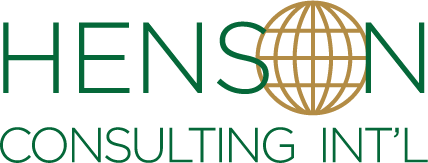Successfully Integrating U.S. and Japanese HR & Human Capital Gives Pharma Multinational a Competitive Advantage
We were retained as part of a team to complete the integration of a Japanese subsidiary with its U.S.-based acquirer, a Fortune 500 pharmaceutical multinational. Our focus was on the integration of HR and the local company’s human capital. This was a 100+ year old Japanese company, very steeped in tradition and proud of its Japanese culture and the innovative products it had developed, primarily for the Japanese market.
Recognizing cultural differences & resistance to change
When the integration team first met in San Francisco, we were surprised at the enormous cultural gaps between the Japanese people practices and those of its American acquirer. The Japanese too were surprised and puzzled, not having been exposed to many Western-based management practices.
The team realized that there would be enormous resistance to change unless we had a well-thought out plan and the right people on the team to work in a collaborative partnership with the Japanese.
To add to the challenges, the Japanese struggled with English, and so we had translators at every meeting. For example, during one of the first meetings, as one of our us was explaining the importance of accountability in performance management, the translator turned to us and commented that she could not translate ‘accountability’ into Japanese because there was no such word in their language.
Furthermore, the Japanese seniority-based system was well-entrenched in this company, and management was not about to change willingly to a performance-based and more meritocratic system.
Proactively managing organizational change
We decided that we needed to be on the ground, in Japan, and to do a lot of listening and learning during the first three months. We organized a local, cross-functional team (including a marketing person, an R&D person, and local HR) and developed a plan with specific objectives and milestones. The head of the Japanese subsidiary was the sponsor, and we made sure that we met with the senior management team weekly to update them and get their input.
After a year, we piloted a new performance management team and conducted executive assessments of the senior team. In the second year, we provided management skills training to all managers. During all this time, the senior management team, along with the integration team, visited all the company’s plants and offices throughout the country to conduct town-hall style meetings, an unusual but very welcome occurrence.
After three years, the integration was complete, and the unions were in complete support of the changes. By contrast, a competitor that was acquiring a local Japanese subsidiary at about the same time had experienced, after three years, some strikes and its general manager had to be replaced.
Key Takeaways
- Have a clear road map for the change initiative, and communicate, communicate, communicate!
- Respect the culture you’re working in and be sensitive to cultural nuances.
- Get buy-in by listening to and involving your clients and other stakeholders in finding
Building leaders and teams. Worldwide.
- Re-designed the HR function and corporate and country roles and responsibilities for various geographic regions of a global company. Identified centers of excellence, implemented global HR standards, reduced cycle time for HR activities, and eliminated duplication of major activities. Savings of over half a million dollars were realized in the first year.
- Helped create the organizational design, with metrics and service level agreements, for the shared services function of a global company.
- Conducted an “internal partner survey” for the new general counsel of a global pharmaceutical company, to learn how well the legal department was serving the other major divisions of the organization.
- Worked with the R&D executive team to improve teamwork and collaboration between home office staff and their Spanish subsidiary counterparts.
- Designed and administered a culture survey of field employees across 250 branches of a rapidly expanding regional consumer bank. Met the goal of assessing the understanding and commitment of employees to the bank’s overall mission and goals.
